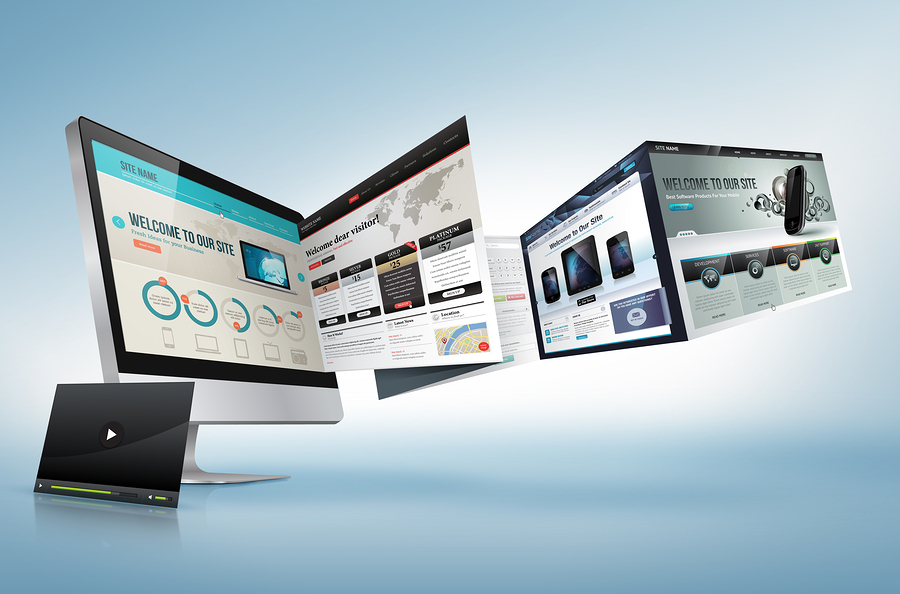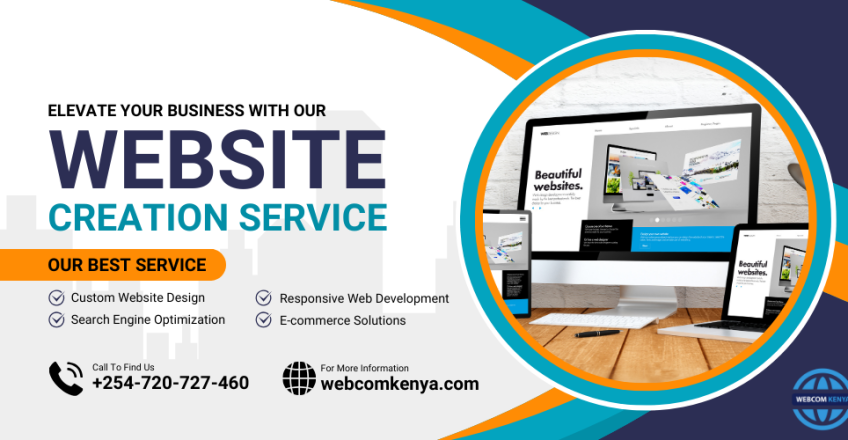Exploring the Latest Innovations in Website Design for Enhanced Functionality
Exploring the Latest Innovations in Website Design for Enhanced Functionality
Blog Article
Modern Website Layout That Captures Focus and Converts
In a progressively digital landscape, modern-day site layout has emerged as a pivotal element in recording individual attention and driving conversions. As we discover these vital elements, it becomes clear that understanding their interplay can dramatically impact a site's efficiency and customer satisfaction.
Significance of Visual Power Structure
Aesthetic hierarchy is a critical element in site layout, as it guides individuals' focus and improves their overall experience. By purposefully organizing content, developers can guide individuals to the most crucial information first, thereby raising interaction and boosting usability. Effective visual power structure uses various strategies, including size, spacing, color, and contrast. Larger components normally draw the eye, while contrasting shades can stress vital messages, making them stand out amongst more controlled elements.
Incorporating a rational flow in content arrangement is necessary; as an example, positioning the most important info at the top of a page promotes instant recognition. In addition, constant use of typography, such as differing font sizes and designs, aids establish a clear material structure. This organization not only help in navigation but likewise builds depend on, as users feel extra comfortable when they can conveniently discover what they are looking for.
Inevitably, a well-executed visual hierarchy not just enhances aesthetic charm yet likewise considerably influences individual habits. By focusing on vital aspects and ensuring a seamless experience, developers can effectively transform site visitors right into clients, strengthening the significance of this foundational design concept in modern website development.
Responsive Style for All Instruments
Developing a seamless experience across various devices is essential in today's electronic landscape, where users accessibility web sites from smartphones, desktop computers, and tablet computers alike. Receptive style is an essential method that guarantees internet sites adjust fluidly to different display alignments, resolutions, and sizes. By employing versatile grids, pictures, and CSS media queries, developers can develop formats that preserve visual stability and performance, no matter the tool being utilized.
The relevance of receptive design extends beyond visual appeals; it directly impacts individual interaction and conversion prices. A site that works well on all gadgets motivates longer gos to and minimizes bounce rates, as customers are most likely to interact with content that is very easy to browse. Search engines, especially Google, prioritize mobile-friendly sites in their rankings, making receptive layout an essential component of search engine optimization (SEARCH ENGINE OPTIMIZATION)
Incorporating responsive design not only boosts customer experience yet additionally improves the advancement procedure. By developing a solitary website that works throughout tools, organizations can save time and resources contrasted to creating separate mobile and desktop versions. Ultimately, responsive layout is a basic method for modern web site layout, ensuring ease of access and fulfillment for all customers, despite their tool.
Involving Interactive Aspects
While a receptive design prepares for a practical site, integrating interesting interactive components is essential for catching user attention and cultivating much deeper connections. Website Design. Interactive elements, such as animations, tests, and clickable infographics, develop a more dynamic user experience, encouraging site visitors to invest even more time on click here to read the website
Integrating interactive functions can likewise direct customers via complex details, making it easier to absorb content. For instance, interactive sliders can illustrate product variations, while embedded video clips can offer demonstrations or testimonies that resonate greater than fixed photos or text. Moreover, gamification methods, like rewards for engaging or finishing jobs with web content, can boost customer motivation and retention.
Efficient use of interactive components not only improves the user experience yet can also lead to higher conversion rates. It is crucial to stabilize interactivity with efficiency; excessively complex functions may impede site speed, negatively affecting user contentment.
Structured Navigating Practices
Reliable navigation is a cornerstone of any type of successful internet site, as it directly influences user experience and material access. Structured navigation techniques make certain that customers can quickly locate details, enhancing their interaction with the website. A well-structured navigating menu must be simple and instinctive, generally featuring a minimal variety of primary classifications to avoid overwhelming site visitors.
To achieve structured navigation, developers should focus on an ordered framework that realistically organizes material. Implementing breadcrumb routes can provide individuals with context concerning their current location within the website, visit this website permitting for smooth backtracking. In addition, utilizing drop-down menus can effectively save space while still providing accessibility to subcategories.
Receptive design is vital, as navigation should be practical across all devices (Website Design). Mobile individuals, specifically, take advantage of touch-friendly menus and retractable areas that keep usability without endangering aesthetic appeals

Reliable Call-to-Action Methods
A well-crafted call-to-action (CTA) is vital for guiding users towards wanted outcomes on an internet site, as it urges them to involve with web content or make an acquisition. To optimize their efficiency, CTAs need to be clear, engaging, and strategically put throughout the website.
First, use action-oriented language that interacts seriousness or value, such as "Start," "Join Currently," or "Claim Your Discount." This language not only inspires individuals yet likewise establishes clear assumptions concerning the following actions.
Second, think about style components; CTAs must stand out visually via contrasting shades, ample whitespace, and famous positioning. A button that is very easy to see and click boosts the probability of user communication.
In addition, individualizing CTAs based on individual habits or demographics can significantly boost interaction. Customized messages resonate more with customers, driving greater conversion rates.

Conclusion
These elements collectively boost customer experience, making certain that visitors remain involved and inspired to check out content additionally. By focusing on these style concepts, services website link can considerably improve user retention and conversion prices, eventually leading to higher success in the digital landscape.
In a progressively digital landscape, modern-day website style has emerged as a crucial aspect in recording user interest and driving conversions.Aesthetic pecking order is an essential component in internet site design, as it overviews individuals' interest and enhances their total experience.The importance of receptive design prolongs past aesthetic appeals; it directly affects individual interaction and conversion rates.Including receptive layout not only enhances customer experience however likewise simplifies the growth procedure. Inevitably, responsive layout is a fundamental approach for contemporary site layout, guaranteeing accessibility and contentment for all individuals, no matter of their gadget.
Report this page